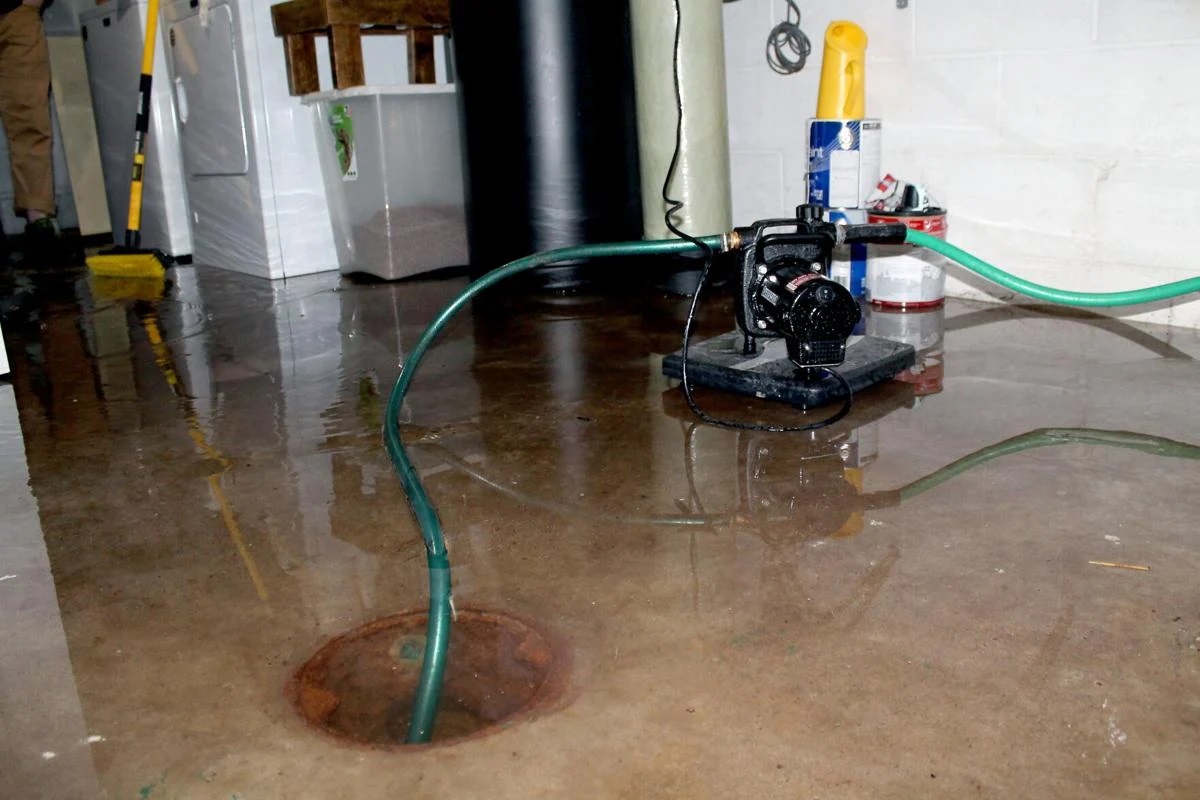

Articles
How To Pump Water Out Of Basement
Modified: May 6, 2024
Learn how to pump water out of your basement with our informative articles. Find helpful tips and step-by-step guides to resolve basement flooding issues.
(Many of the links in this article redirect to a specific reviewed product. Your purchase of these products through affiliate links helps to generate commission for Storables.com, at no extra cost. Learn more)
Introduction
Dealing with a flooded basement can be a homeowner’s worst nightmare. Whether it’s caused by heavy rain, a burst pipe, or a malfunctioning sump pump, unwanted water in the basement can lead to costly repairs and create a breeding ground for mold and mildew. That’s why it’s important to know how to pump water out of your basement effectively and efficiently.
In this article, we will guide you through the process of pumping water out of your basement, step by step. From understanding the problem to selecting the right pump and setting up the pumping system, we will provide you with all the information you need to tackle this daunting task.
But before we delve into the details, it’s essential to take some safety precautions. Dealing with water in the basement can be hazardous, so make sure to turn off the electricity in the affected area before attempting any pumping activities. Additionally, wear appropriate safety gear, such as rubber boots and gloves, to protect yourself from potential contaminants in the water.
Now, let’s dive in and explore the best practices for pumping water out of your basement!
Key Takeaways:
- Understanding the root cause of basement flooding is crucial for effective water removal. Identifying the source enables you to choose the right pumping method and implement preventive measures to avoid future issues.
- Proper preparation, including clearing the area, securing the power source, and selecting the right pump, is essential for efficient water removal. Setting up the pumping system correctly and conducting regular maintenance are key to safeguarding your basement from water damage.
Read more: What Happens When Water Pump Goes Out
Understanding the Problem
Before you start pumping water out of your basement, it’s crucial to understand the root cause of the flooding. This knowledge will help you address the underlying issue and prevent future occurrences.
There are various reasons why your basement may be flooded. It could be due to heavy rainfall, improper drainage systems, cracks in the foundation, malfunctioning sump pumps, or even a burst pipe. Identifying the cause will not only enable you to choose the right pumping method but also allow you to take preventive measures to avoid similar issues in the future.
Inspect your basement first to determine the source of the water. Check for any obvious signs of leakage, cracks in the walls or floor, or malfunctioning pipes. If you’re unable to identify the cause, it might be helpful to consult a professional plumber or waterproofing specialist who can assess the situation and provide expert advice.
It’s important to note that if the flooding is a result of heavy rains or excessive groundwater, pumping out the water alone may not solve the problem entirely. You may need to address the underlying drainage issues to ensure that water doesn’t accumulate in your basement again. Consider installing additional drainage systems, such as French drains or a perimeter drain, to redirect excess water away from the foundation.
By understanding the root cause of the problem, you will be able to take the necessary steps to resolve the issue effectively and minimize the risk of future basement flooding.
Preparing for Pumping
Before you begin pumping water out of your basement, it’s important to prepare the space and gather the necessary equipment. Proper preparation will ensure a smooth and efficient pumping process.
Here are some steps to follow when preparing for pumping:
1. Remove valuable items: Prioritize the safety of your belongings. Remove any valuable items or furniture from the affected area to prevent damage. If there are items that cannot be moved, cover them with tarps or waterproof covers to protect them from water damage.
2. Clear the area: Clear any debris or obstructions that may interfere with the pumping process. This includes removing any items that may block access to the sump pump or impede the movement of the pump hose.
3. Secure the power source: Ensure that the electricity in the basement is turned off to avoid any electrical hazards. If your sump pump has a separate power source, make sure it is disconnected or turned off.
4. Gather the necessary equipment: You will need a submersible pump, hoses, and a generator or power source if there is no electricity available. Ensure that the pump and hoses are in good working condition, and that they are long enough to reach your desired drainage area.
5. Establish a drainage point: Identify the location where you will pump the water to. This could be a storm drain, a dry well, or an area of your property with proper drainage. Make sure the chosen location is suitable and complies with local regulations.
By following these preparatory steps, you will be ready to start pumping water out of your basement efficiently and effectively. Remember to prioritize safety throughout the process and adapt your approach based on the specific circumstances of your situation.
Choosing the Right Pump
Choosing the right pump for your basement flooding situation is crucial to ensure effective water removal. There are different types of pumps available, each with its own advantages and suitability for specific scenarios. Here are some key factors to consider when selecting a pump:
1. Submersible versus pedestal: There are two main types of pumps commonly used for basement pumping – submersible pumps and pedestal pumps. Submersible pumps are designed to be placed underwater, directly in the flooded area. They are more efficient and quieter than pedestal pumps, but they can be more expensive. Pedestal pumps, on the other hand, are positioned above the water level, with the motor located outside the pit. They are generally less costly but may not be as efficient as submersible pumps.
2. Pumping capacity: Consider the pumping capacity or the amount of water that the pump can handle per minute or hour. The capacity you need will depend on the size of your basement and the severity of the flooding. It’s important to choose a pump with a sufficient capacity to handle the volume of water in your basement.
3. Head height: The head height refers to the vertical distance between the pump and the drainage point. It’s essential to choose a pump with a head height capacity that matches your specific needs. If you need to pump water uphill or over a long distance, you may require a pump with a higher head height capacity.
4. Automatic versus manual: Automatic pumps come with built-in float switches that activate the pump when the water level rises to a certain point and shut it off when the water level recedes. Manual pumps, on the other hand, require you to manually switch them on and off. Automatic pumps offer convenience and peace of mind, especially if you’re unable to monitor the pump continuously.
5. Power source: Consider the availability of electricity in your basement. If there is no power source, you may need a pump that can be powered by a generator or battery backup system.
6. Durability and reliability: Look for a pump that is built to last and can withstand continuous use. Read reviews, compare brands, and choose a reputable pump with a good track record of reliability.
Remember, it’s important to consult with a professional or pump specialist to ensure that you choose the right pump for your specific situation. They can help determine the ideal specifications and provide personalized recommendations based on the extent of flooding and other factors unique to your basement.
Make sure to regularly check and maintain your sump pump to ensure it is in good working condition. This includes cleaning the pump and pit, testing the pump, and checking for any signs of damage or wear.
Setting up the Pumping System
Once you have chosen the appropriate pump, it’s time to set up the pumping system in your basement. Follow these steps to ensure a smooth and efficient pumping process:
1. Locate the sump pit: If you have a sump pump installed, locate the sump pit in your basement. The sump pit is a reservoir where the water collects before it is pumped out. Ensure that the pit is clear of any debris or obstructions that could interfere with the pump’s operation.
2. Position the pump: If using a submersible pump, lower it into the sump pit until it rests on the floor. Make sure the pump is stable and secure, and that the float switch is free to move up and down without obstruction. If using a pedestal pump, position it on a suitable platform just above the water level.
3. Connect the hoses: Attach the appropriate hose to the pump’s outlet, ensuring a secure connection. The hose should be long enough to reach your desired drainage point without any kinks or bends that could impede water flow. If using multiple hoses, connect them using appropriate connectors to create a continuous flow.
4. Direct the hose: Position the end of the hose in the desired drainage area, such as a storm drain or a dry well. Ensure that the hose is properly secured and won’t move or disconnect during the pumping process. If you need to pump water uphill or over a long distance, consider using a check valve to prevent backflow.
5. Test the system: Before starting the pump, perform a quick test to ensure everything is in working order. Pour a small amount of water into the sump pit or the designated area to trigger the float switch and activate the pump. Observe the water flow and check for any leaks or issues. Adjust the float switch if necessary to ensure the pump activates and deactivates at the desired water level.
Once you have set up the pumping system and conducted the necessary tests, you are ready to start pumping water out of your basement. Remember to monitor the pump regularly and check for any signs of malfunction or complications. Stay vigilant and address any issues promptly to avoid further damage or flooding.
Read more: How To Get Basement Smell Out Of Basement
Pumping Water Out of the Basement
Now that your pumping system is set up and ready to go, it’s time to start pumping water out of your basement. Follow these steps for a successful water removal process:
1. Power on the pump: If your pump is manual, switch it on to start the pumping process. If you have an automatic pump, ensure that the float switch is properly positioned to activate the pump when the water level rises to the desired level.
2. Monitor the pump: Keep a close eye on the pump as it operates. Check for any abnormalities, such as unusual noises, vibrations, or leaks. Also, make sure the water is properly flowing out of the basement through the hose. If you notice any issues, stop the pump immediately and investigate the cause.
3. Adjust the float switch (if needed): Depending on the water level in the basement, you may need to adjust the position of the float switch to ensure proper activation and deactivation of the pump. Follow the manufacturer’s instructions on adjusting the float switch to maintain the desired water level in the sump pit.
4. Be mindful of the drainage rate: Pay attention to the rate at which water is being pumped out of the basement. If the pump is struggling to keep up with the inflow of water or if it’s running continuously without making progress, you may need to consider additional measures like installing a more powerful pump or implementing additional drainage solutions.
5. Dispose of the pumped water properly: Ensure that the water being discharged from the basement is directed to a suitable drainage area. Avoid pumping water towards neighboring properties or areas where it could cause further damage. Comply with local regulations and be mindful of environmental considerations when choosing the drainage point.
6. Regularly check the pump and system: While the pump is running, periodically check the pump and the entire pumping system to ensure everything is functioning properly. Look out for any signs of clogging, hose displacement, or other issues that may hinder the pumping process. Clear away any debris or obstructions that could affect the pump’s performance.
Remember, pumping water out of your basement can be a time-consuming process, especially if there is a significant amount of water. Be patient, and allow the pump to do its job effectively. If you notice any problems or if the water level continues to rise despite your pumping efforts, it’s crucial to seek professional assistance to avoid further damage.
Monitoring and Maintenance
Once you have successfully pumped water out of your basement, your job is not completely done. It’s important to continue monitoring the situation and perform regular maintenance to prevent future flooding incidents. Here are some key points to keep in mind:
1. Check for residual moisture: Even after pumping out the water, there may still be residual moisture in your basement. Use fans or dehumidifiers to help dry out the area. Check walls, floors, and corners for any signs of dampness or mold growth. Address these issues promptly to avoid further damage and ensure a dry environment.
2. Test the sump pump: If you have a sump pump installed, test its functionality regularly. Pour water into the sump pit to activate the pump and ensure it is working as expected. Clean the pump and remove any debris that may accumulate in the pit. Regular maintenance and testing of the sump pump are essential to keep it in good working condition.
3. Inspect drainage systems: Regularly inspect any drainage systems you have in place, such as French drains or perimeter drains. Clear away any debris or obstructions that could impede water flow and cause backups. Ensure that the drains are properly functioning and directing water away from your foundation.
4. Seal cracks and gaps: Take the time to inspect your basement for any cracks or gaps in the walls or floors. These can be potential entry points for water during future flooding events. Seal any visible cracks using hydraulic cement or an appropriate sealant to prevent water from seeping into your basement.
5. Maintain good landscaping: The grading and landscaping around your home can significantly impact water drainage. Ensure that the soil slopes away from the foundation to prevent water from pooling around your basement walls. Regularly maintain and clear gutters and downspouts to ensure proper water flow away from your property.
6. Consider backup systems: Investing in a backup pump or battery-powered systems can provide peace of mind during power outages or pump failures. Backup systems can help ensure that water continues to be pumped out of your basement even when primary systems are unavailable.
By regularly monitoring your basement and performing necessary maintenance, you can minimize the risk of future flooding incidents and protect your property from water damage. Stay vigilant, address any issues promptly, and be proactive in implementing preventive measures.
Conclusion
Pumping water out of your basement can be a challenging and stressful process, but with the right knowledge and equipment, you can effectively manage and mitigate the damage caused by flooding. By understanding the problem, preparing adequately, choosing the right pump, setting up the pumping system correctly, and conducting proper monitoring and maintenance, you can safeguard your basement from water damage and create a dry and safe environment.
Remember, it is crucial to identify the root cause of the flooding to address the underlying issue properly. Don’t hesitate to seek professional help if needed, especially if you are unsure about the source or severity of the problem. Prioritize safety by turning off electricity and wearing appropriate gear as you deal with the water.
As you navigate through the process, be patient and observant. Regularly check the pump system, adjust as necessary, and monitor the drainage rate to ensure efficient water removal. Dispose of pumped water responsibly and comply with local regulations.
After successfully pumping out the water, continue monitoring and performing regular maintenance to prevent future flooding incidents. Drying out the area, testing the sump pump, inspecting drainage systems, sealing cracks, and maintaining proper landscaping are essential steps to keep your basement dry and protected.
Remember, when it comes to pumping water out of your basement, proactive measures and regular upkeep are key to preventing damage and maintaining a safe living space. By taking the time to understand the problem and follow the steps outlined in this article, you can effectively tackle basement flooding and minimize its impact on your home and belongings.
Stay prepared, stay vigilant, and take action when needed to protect your basement from water damage and ensure a secure and dry living environment for years to come.
Now that you've tackled pumping water from your basement, why stop there? Securing your space against future floods involves more than just reactive measures. Understanding basement waterproofing will arm you with the proactive skills needed to prevent water damage before it starts. Dive into our detailed guide on safeguarding your home's foundation and enjoy peace of mind even during heavy rains. Don't wait for the next downpour to threaten your basement—start protecting your home today.
Frequently Asked Questions about How To Pump Water Out Of Basement
Was this page helpful?
At Storables.com, we guarantee accurate and reliable information. Our content, validated by Expert Board Contributors, is crafted following stringent Editorial Policies. We're committed to providing you with well-researched, expert-backed insights for all your informational needs.
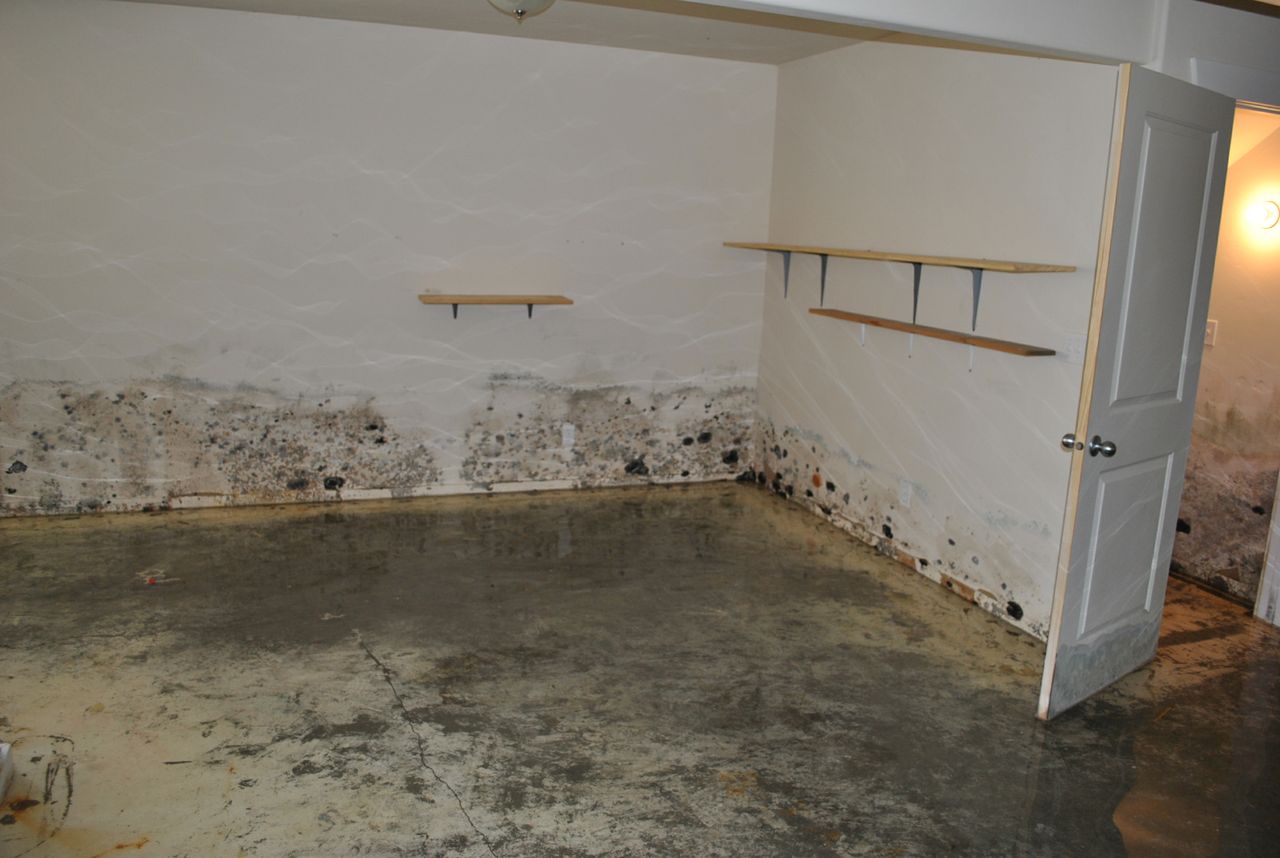
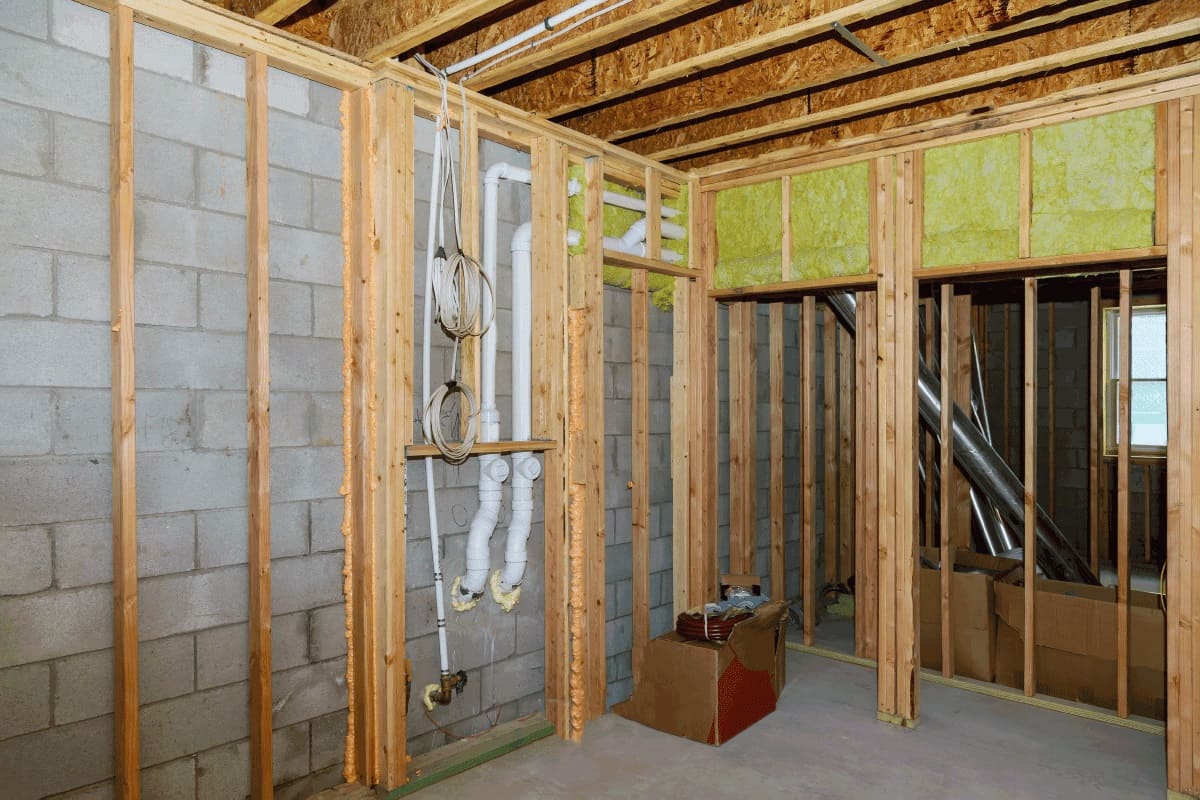
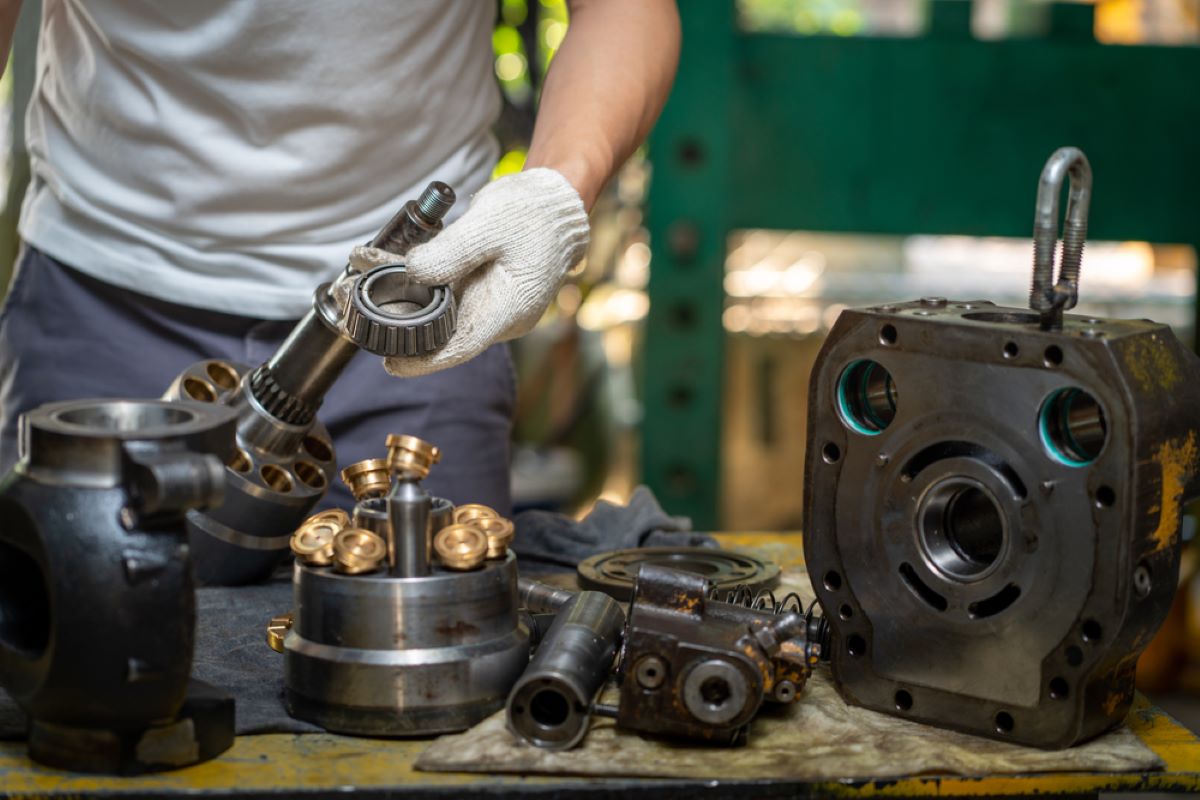
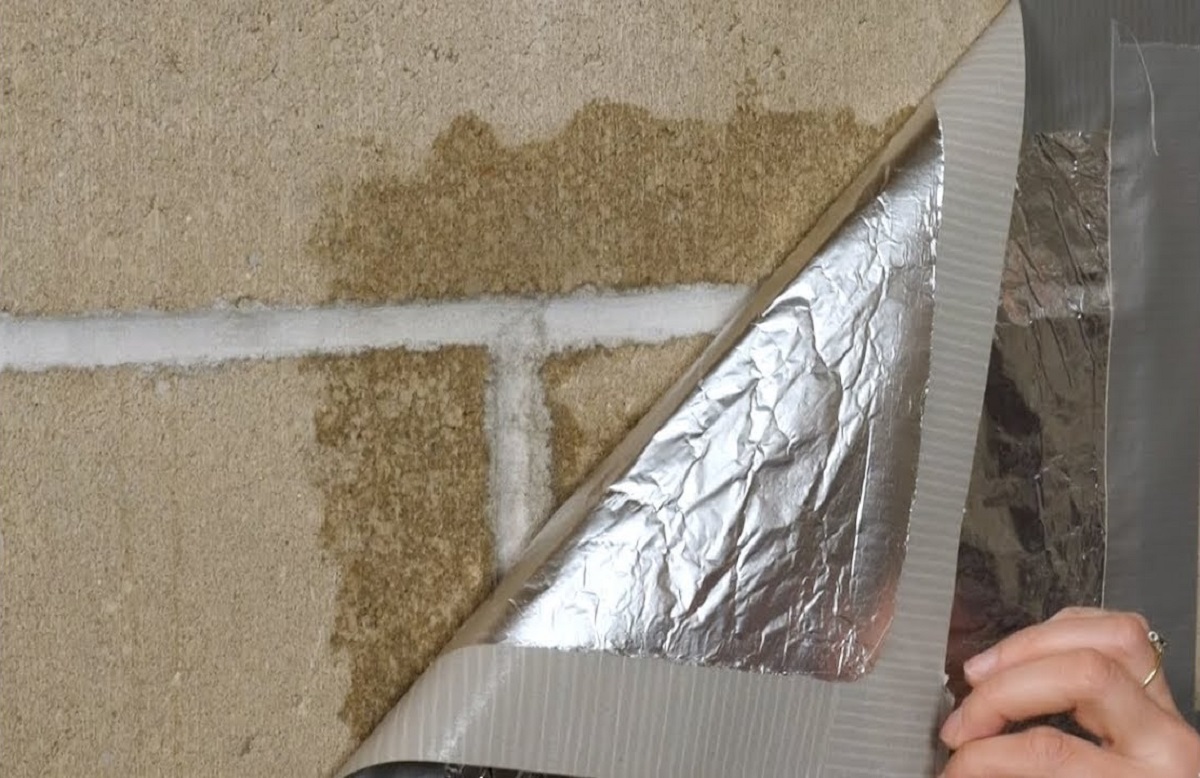


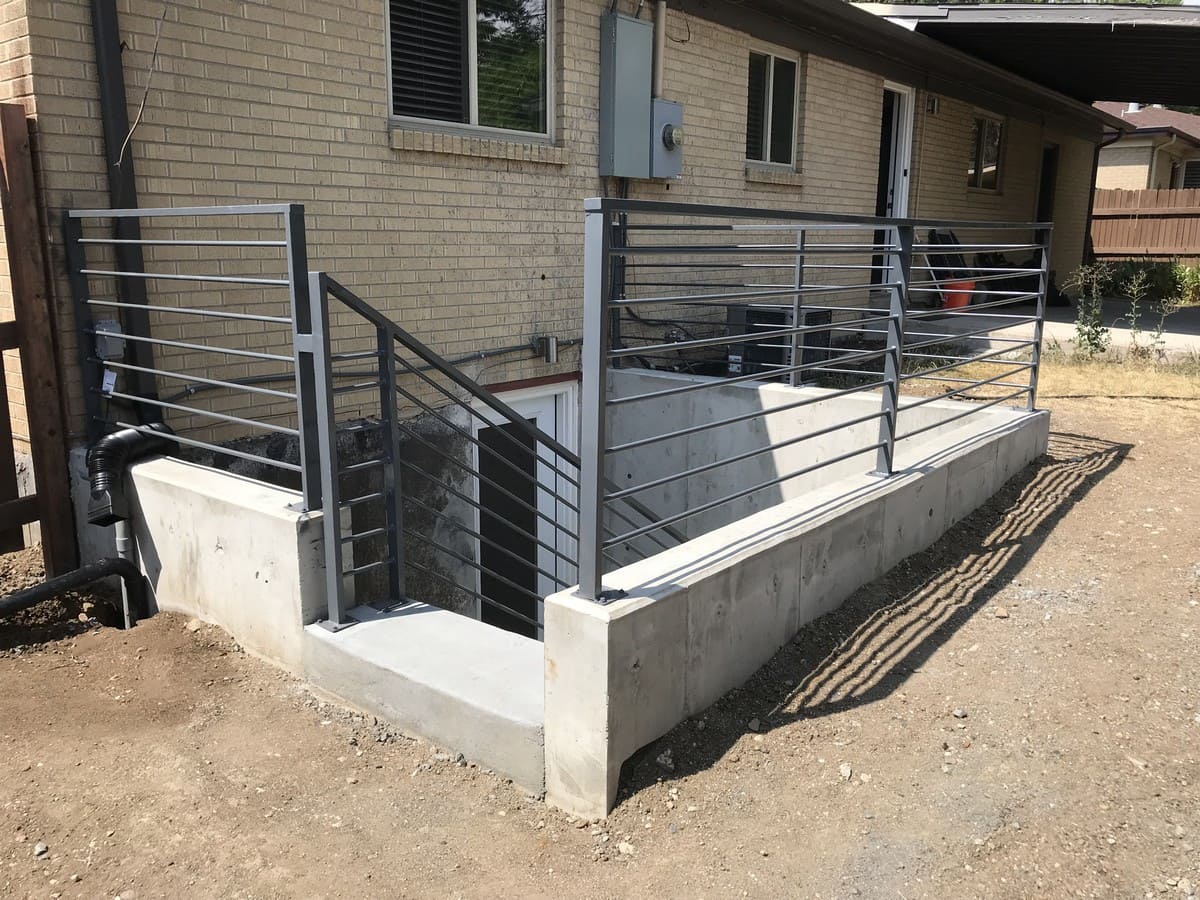
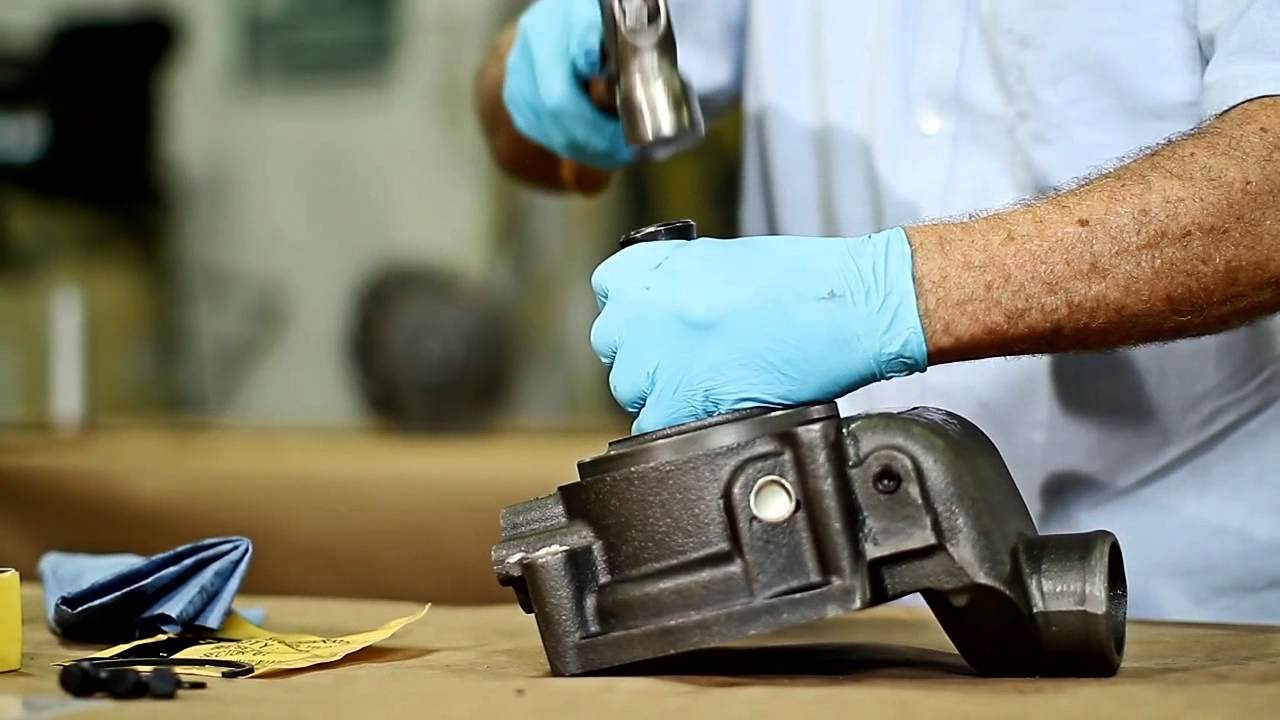
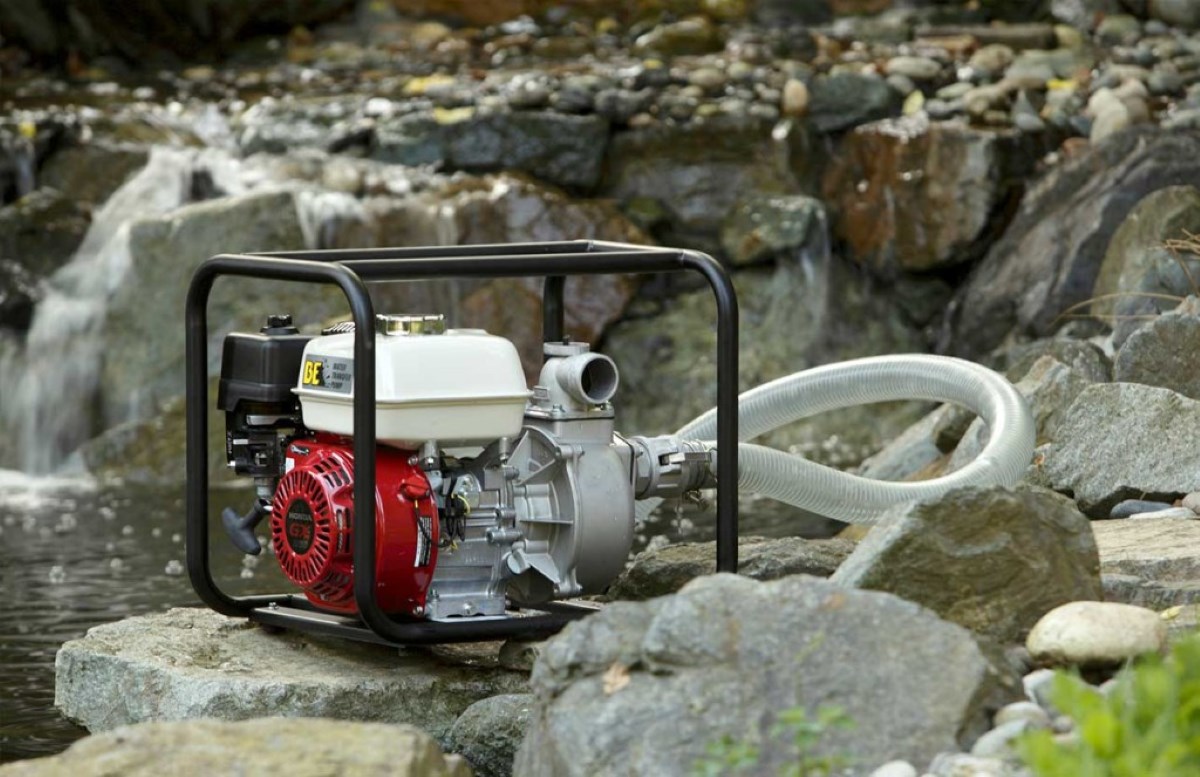
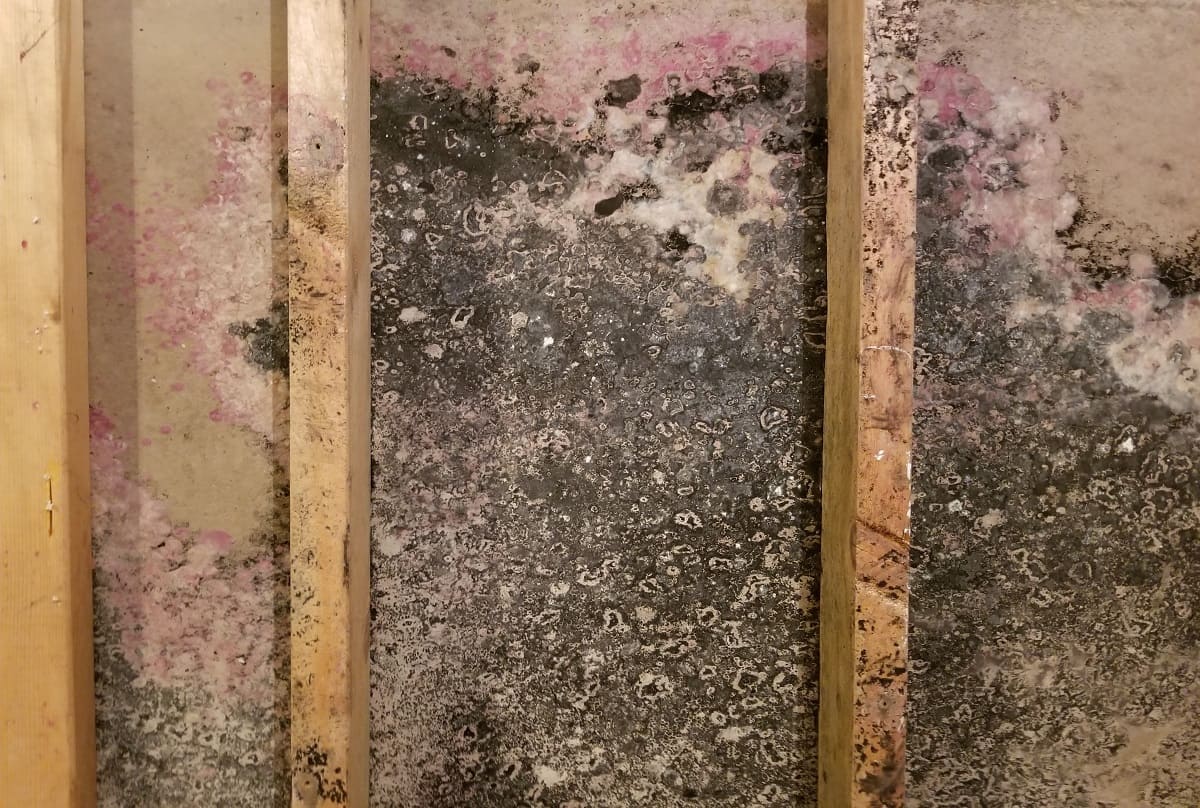
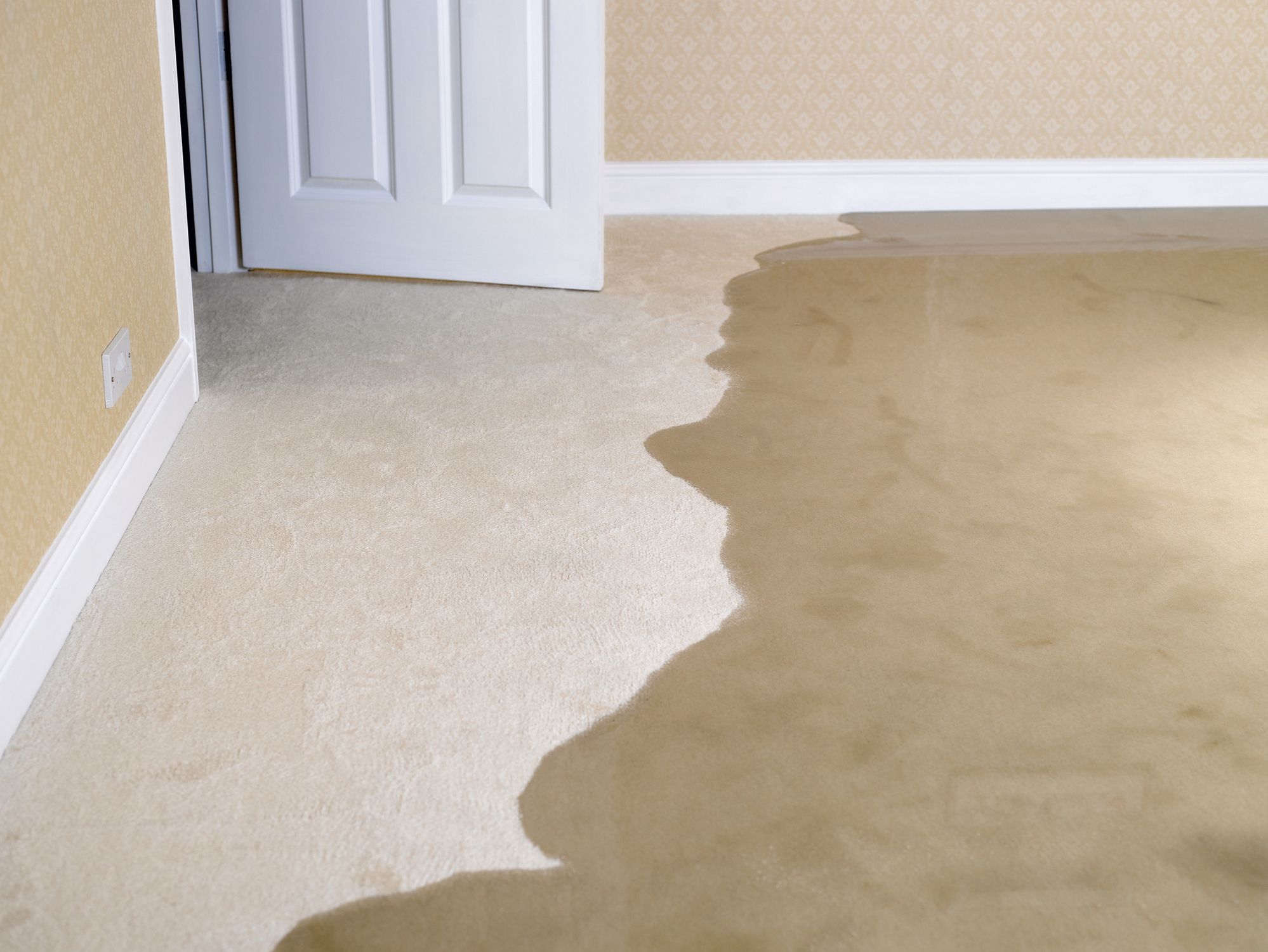
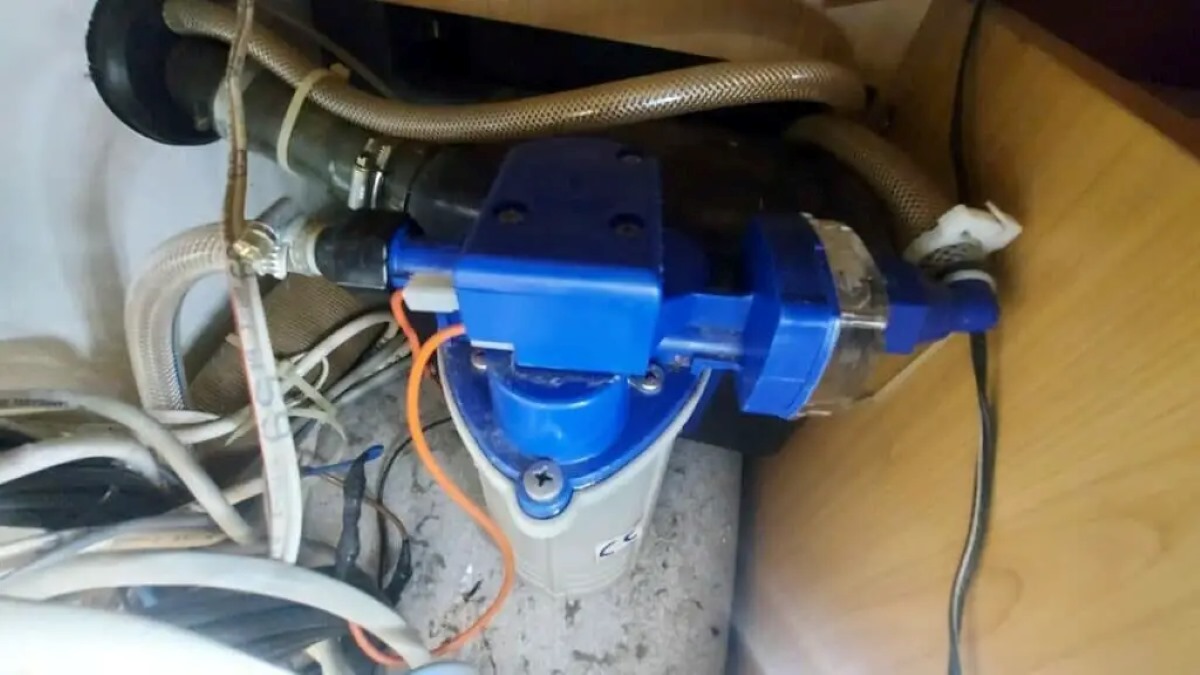
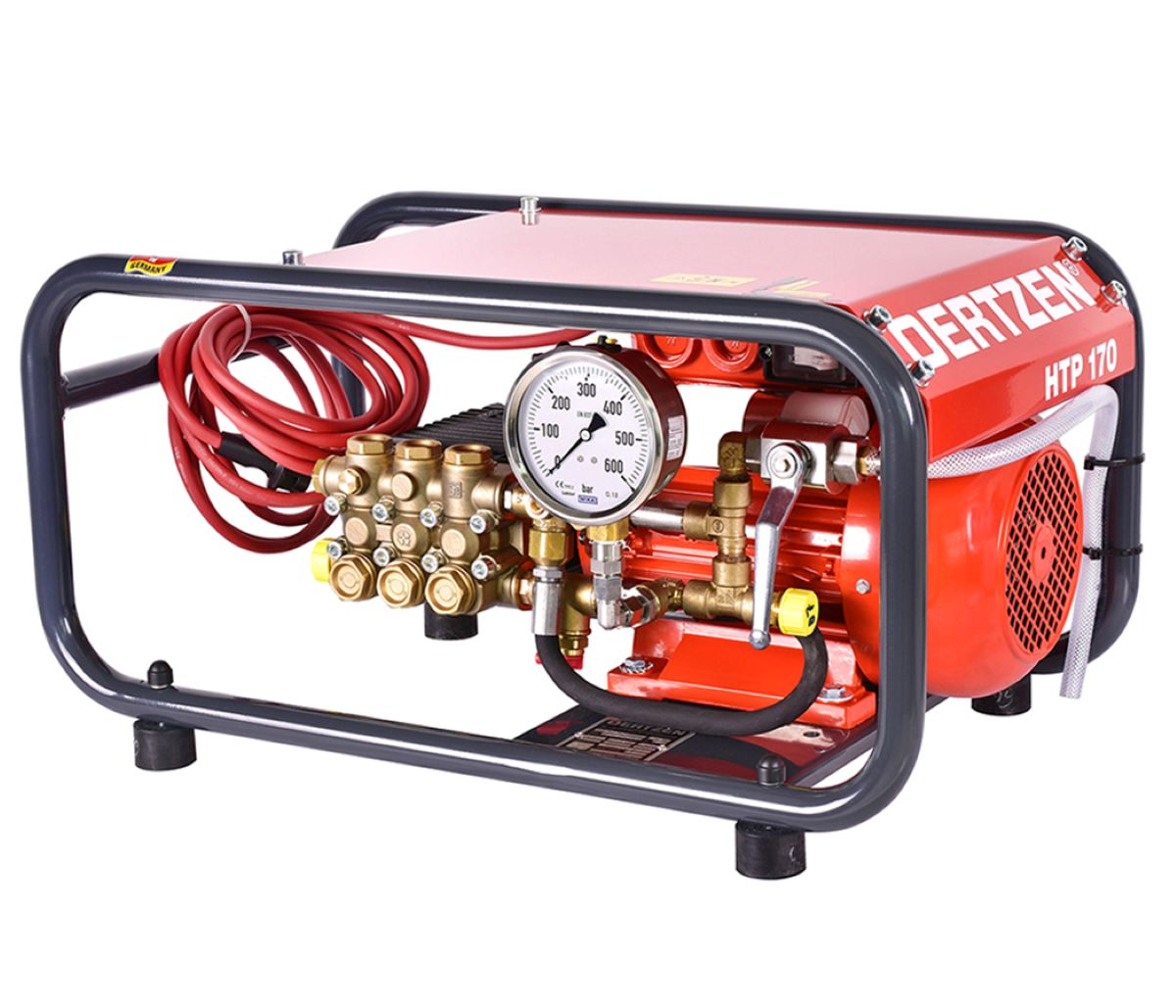
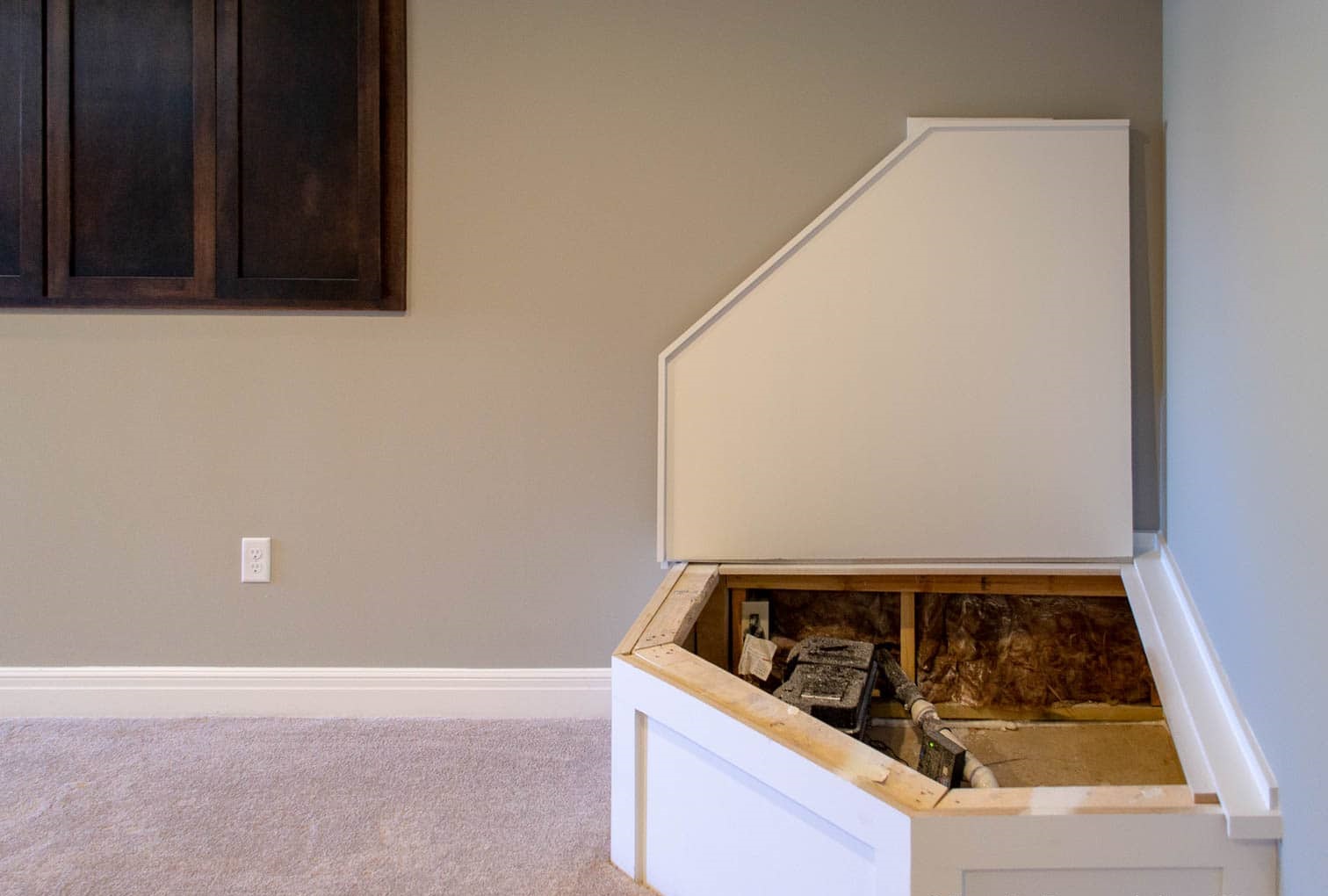

0 thoughts on “How To Pump Water Out Of Basement”